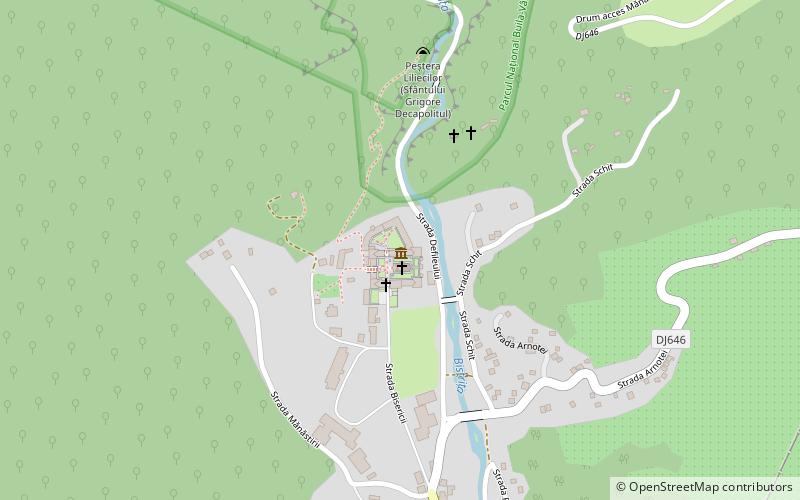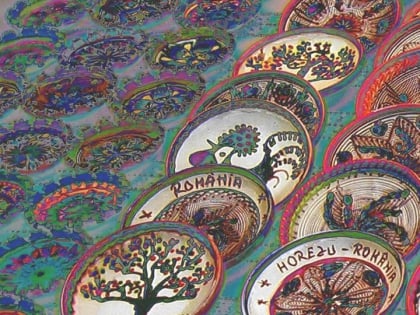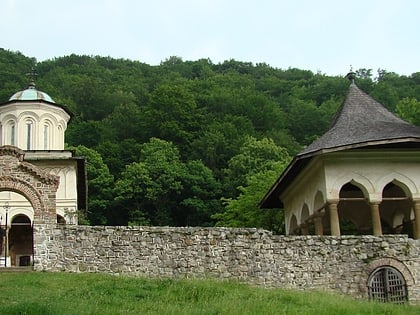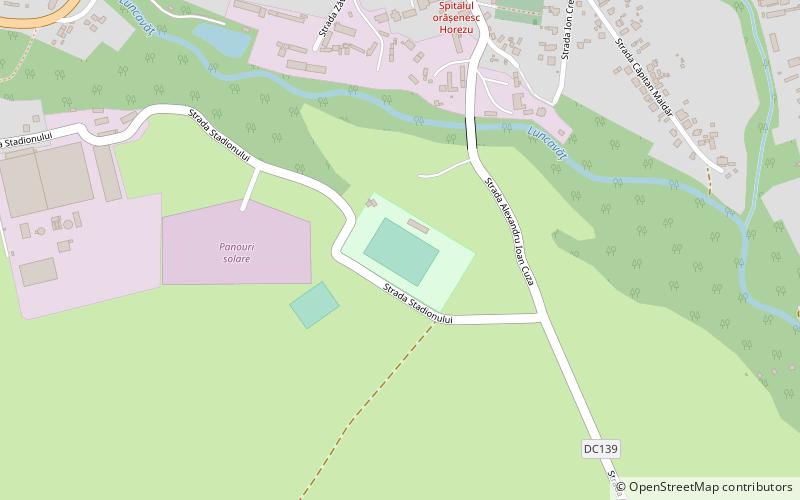Bistrița Monastery


Facts and practical information
Nestled in the picturesque landscapes of Romania, Bistrița Monastery stands as a testament to the rich religious and cultural history of the region. This Orthodox monastery is renowned for its architectural beauty and spiritual significance, attracting both pilgrims and tourists alike.
Established in the 15th century, Bistrița Monastery has been a beacon of faith and learning for centuries. Its construction is attributed to the voivode Alexandru cel Bun of Moldavia, a ruler known for his patronage of religious institutions. Over the years, the monastery has undergone several restorations, yet it retains its original charm and grandeur.
The monastery complex features a church, living quarters for monks, and defensive walls, indicative of a time when such fortifications were necessary for protection. The church, dedicated to the "Presentation of the Virgin," is adorned with frescoes and icons that depict scenes from the Bible and the lives of saints, showcasing the artistic heritage of Romanian monasticism.
Visitors to Bistrița Monastery can explore the serene courtyards, attend liturgical services, and immerse themselves in the tranquil atmosphere of monastic life. The site also offers insights into the Orthodox Christian traditions of Romania, making it an invaluable cultural and historical resource.
Bistrița Monastery – popular in the area (distance from the attraction)
Nearby attractions include: Horezu Monastery, Horezu Contemporary Folk Art Gallery, Biserica bolniță a mănăstirii Hurezi, Stadionul Treapt.




